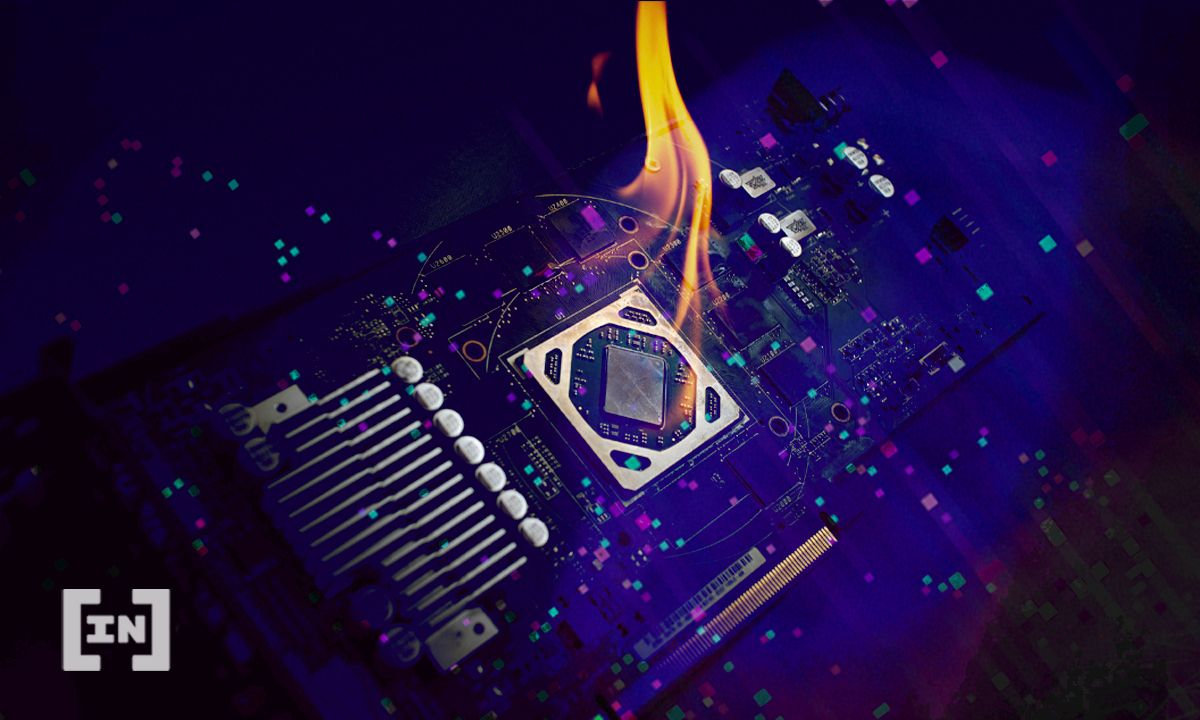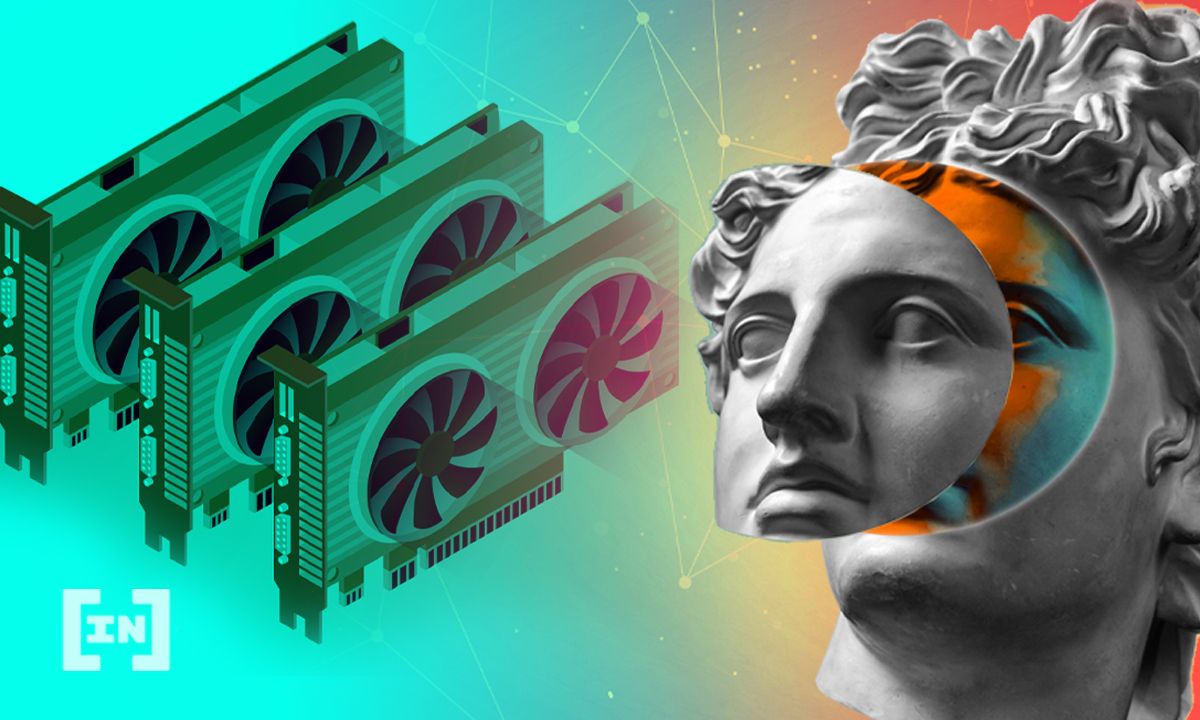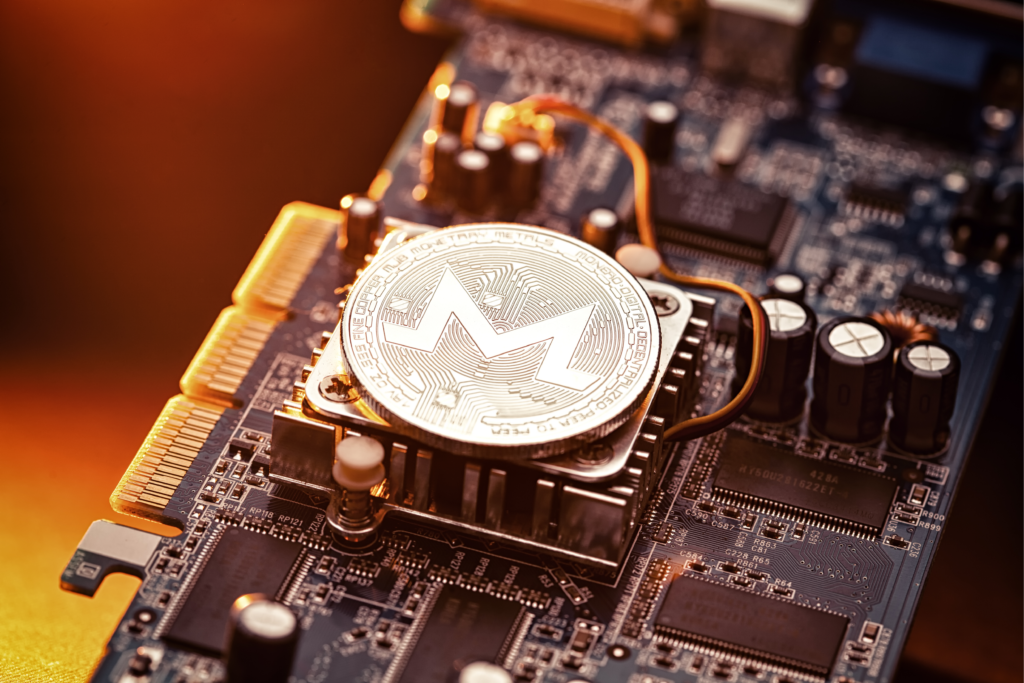When it comes to cryptocurrency mining, many believe it can only be done with a graphics card (GPU). While that used to be the case, due to the power behind such a device, there are other ways to get involved. One such way is CPU mining.
In this guide, we’ll go over the basics of CPU Mining and describe how you can get involved.
This Guide Contains
What is CPU Mining?
As you may know, mining is the act of allocating computer power to solve complex algorithms. In doing so, a miner is validating a block of transactions and committing it to the blockchain ledger. They’re then rewarded in cryptocurrency for doing so.
Usually, this process is done via harnessing the power of a GPU, as mentioned. However, it’s also possible to mine with your CPU – but only for specific digital assets.
That said, only the first miner to solve the algorithm
Why Doesn’t CPU Mining Always Work?
While you can certainly take advantage of CPU mining, it won’t be profitable on networks that are considered more “difficult” to mine. This essentially means it will take a long time to potentially earn a reward, costing you tons in electricity along the way.

However, as blockchain networks develop and block rewards become rarer, the difficulty increases as well. When Bitcoin was new, it was entirely possible to mine with a CPU, for instance. That is no longer the case at all. You’ll need the dedicated power of a GPU to do so optimally.
Interestingly there are a few cryptocurrencies optimized to work with a CPU. The popular privacy coin, Monero, is one such token. That said, you’re not going to generate nearly as much as you would with a GPU.
Also, keep in mind that because of ASIC GPUs – essentially dedicated GPUs for mining – some cryptocurrencies are altering their hashing algorithm to favor CPU mining instead. You can view a list of cryptocurrencies to mine on StormGain.
Do You Need a Good CPU For Mining?
Absolutely. If you plan to do any CPU mining, you need the best processor you can buy. We’ll break down what to look at here.
What CPU is Best for Mining?
Aside from choosing one of the less difficult cryptocurrencies to CPU mine, there are a few factors to consider when deciding on a CPU itself:
Cores
The more cores in a processor, the better your mining experience will be. Additional cores mean your CPU can multitask a lot more efficiently, and a good place to start is an 8 core processor.
Threads
Depending on if you get an AMD or Intel CPU, you can take advantage of threading as well. Threading has your processor splitting its base number of cores into even more, ensuring it runs faster and smoother than it otherwise would.

Generally, a processor can thread up to twice its base amount. For example, a 4 core processor can produce up to 8 threads on average. The more threads, the better.
Speed
Mining requires a reasonably high hashrate to do so properly. To meet such requirements, you’ll want a processor with a competitive frequency, often represented in GHz. The faster your frequency, the higher your hashrate will be, allowing you the potential to beat out other miners.
Keep in mind that a processor which underperforms in any of these categories is likely to lose you money. These devices may be able to mine, but the electricity costs will overtake any profits. Make sure to invest in a solid CPU.

Also, do not use your laptop for CPU mining. Even if your laptop has the best processor out there, these devices are not meant to handle the heat and electricity draw that this process takes. Make sure you’re taking advantage of a desktop with a decent power supply, as well as the factors mentioned above.
Is CPU Mining Profitable?
CPU mining can be profitable, depending on the project you pick as well as if you have the proper parts. It’s not nearly as profitable as GPU mining, however. But, a powerful mining CPU combined with a powerful mining GPU will help push your profits further.
That said, know that CPU mining is only somewhat profitable.
How to Start CPU Mining
Now that you’re aware of what makes a good CPU for mining, it’s time to start the process itself. Here are a few ways to CPU mine.
Solo Mining
You can mine by yourself, but this is not recommended. As mentioned, you have to be the first to solve a block’s algorithm to receive a reward. Solo mining puts you up against all sorts of powerful machines – many of which are going to beat your CPU.
Do not try this unless you absolutely know what you’re doing.
Mining Pool
A mining pool is one of the more popular ways to participate in both CPU and GPU mining. Basically, you enter a pool with hundreds of other miners, all working to solve one block. With all of that power harnessed together, the chances are much higher of being the first to do so. From there, the reward is divided out among all participants based on their contribution.
Examples of mining pools for CPU mining include Nanopool for various assets or MineXMR for Monero specifically. Keep in mind that pools do take a percentage fee of any profits as well.
Cryptocurrencies That Support CPU Mining
Let’s get into the best cryptocurrencies for beginner CPU miners.
Monero

As mentioned, Monero is a very popular privacy coin. It’s better than most assets for CPU mining, as the project has a built-in resistance to ASIC miners. This means you’ll be up against much less competition when Monero mining when compared to other assets like Bitcoin.
Dogecoin

With the asset’s growing popularity, Dogecoin is a project to keep your eye on when it comes to CPU mining. It’s much less difficult of a cryptocurrency than Bitcoin or Ethereum. That said, with such extra attention, there might be an extra push in user’s mining. This means you’d be competing against users with GPUs and ASICs that are very difficult to compete with.
Electroneum

Electroneum is a relatively long-standing cryptocurrency with an interesting promise – the ability to process payments on a blockchain-based mobile app. What should appeal to miners, however, is its ASIC-resistant nature. That means your CPU will have much less competition to go up against. Also, the platform has recently launched a freelancing platform which is putting it back into the blockchain conversation.
Conclusion
You’re now much more educated on the process of CPU mining. It’s certainly a viable option for anyone with a desktop, but it’s not necessarily the best way to go about it. This type of mining is certainly more geared toward miners on a budget, but only with the right cryptocurrency project.


